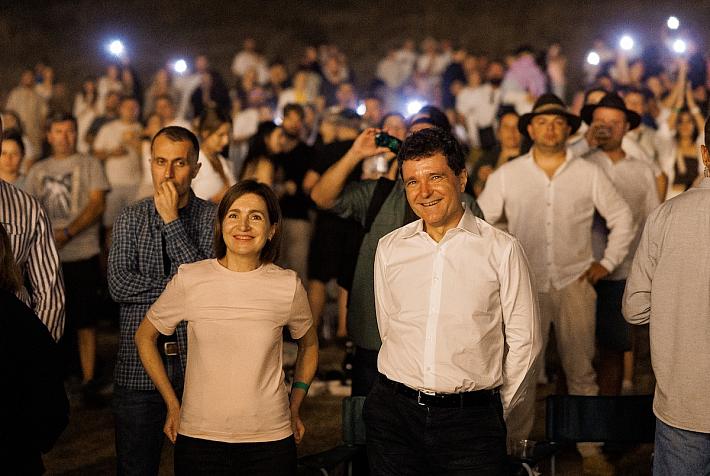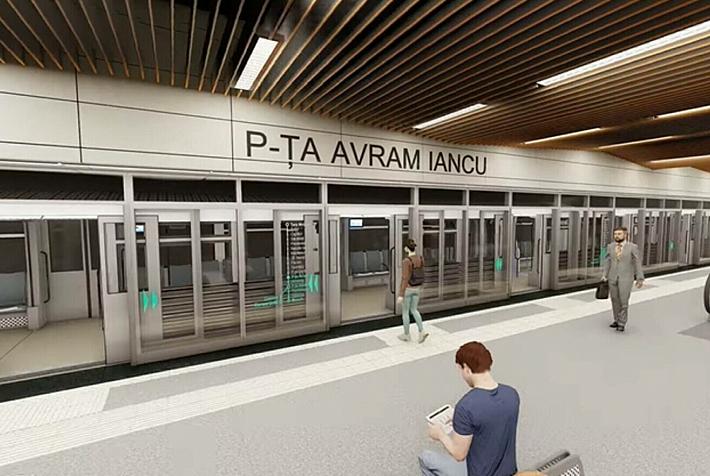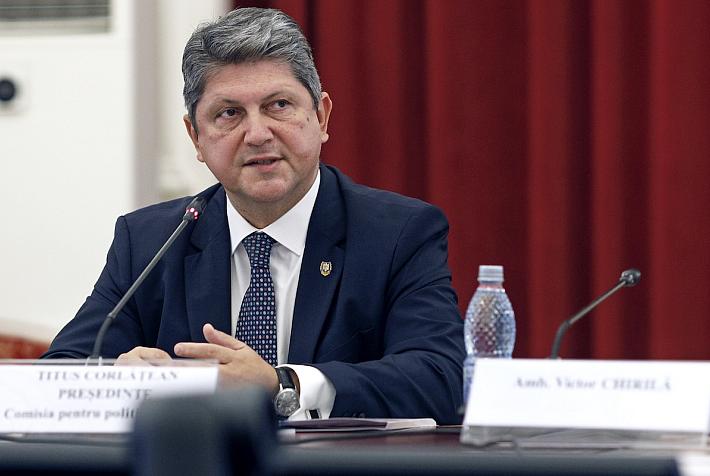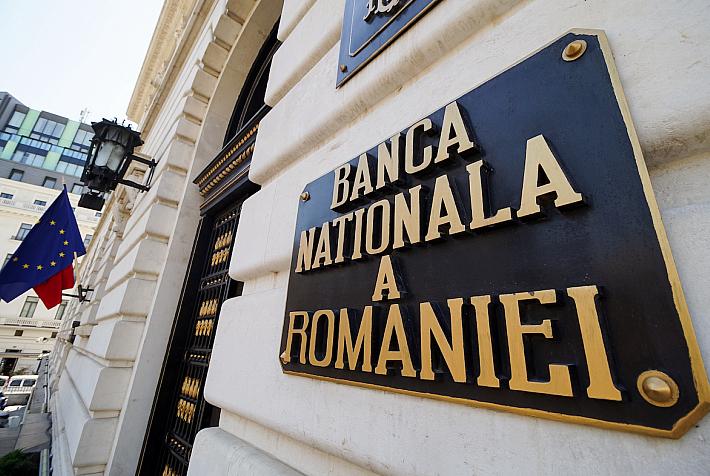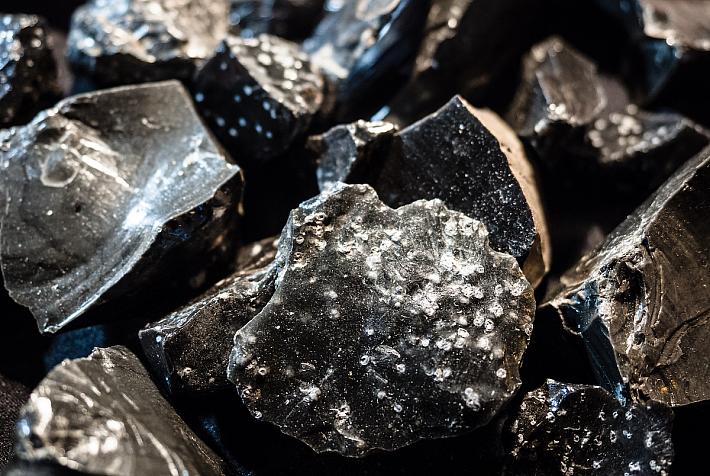Book Insider: Forbidden photos and personal images by Andrei Pandele

 “I started taking pictures of everyday life, like a tragy-comedy. I was hoping to be able to gather these images in a book twenty years later” – remembers architect Andrei Pandele.
“I started taking pictures of everyday life, like a tragy-comedy. I was hoping to be able to gather these images in a book twenty years later” – remembers architect Andrei Pandele.
It was, indeed, necessary that 18 years pass for people to want to remember what communism meant. When they were ready, it was Andrei Pandele that gave them back their lost and forgotten memories, the one witness who breaks the silence and brings out prints of individual and public history. Maybe the young, tall, slender young man, with green eyes, that paid attention to everything, got an even bigger reward for his courage then he expected. People did want to know. At 63, he is still young and  full of energy, currently working on a project on the House of the People.
full of energy, currently working on a project on the House of the People.
He now lives in the house where during communism he snuck the films that were to become his testimony, his parents’ house, which he used to leave with a briefcase where he hid the prints that could have gotten him five years of imprisonment each, had he been discovered. The kind of pictures that were not part of family albums.
Pandele's testimony is a silent, but vibrant one, and this is what he does best, takes pictures of real life, stills time with his camera, and keeps it aside for generations to come. People have a short memory when it comes to hard times and misfortunes. Photographs help them remember and new generations understand their present through their past.
 "Fotografii interzise si Imagini personale" ( Forbidden photos and personal images) is the catalogue of Andrei Pandele's exhibition presented in Bucharest in 2007-2008, with a leaflet of both French and English translation.
"Fotografii interzise si Imagini personale" ( Forbidden photos and personal images) is the catalogue of Andrei Pandele's exhibition presented in Bucharest in 2007-2008, with a leaflet of both French and English translation.
" What perspires through the pictures from 1975? Everything is dull and worn-out. A feeling of sadness and begarliness. The people were dressed in rags; kids in uniforms, only the overcoats are different. Women wear dresses hand sewn or knitted at home. The streets are deserted. You rarely saw a Dacia, sometimes a Moskvich or a Trabant. The public transportation was almost inexistent. Even the central arteries were deserted. On Calea Victoriei you could park at any hour. Only the “Comrade's” portrait was ubiquitous.” Andrei Pandele/January 2004.
(Photos by Andrei Pandele)






